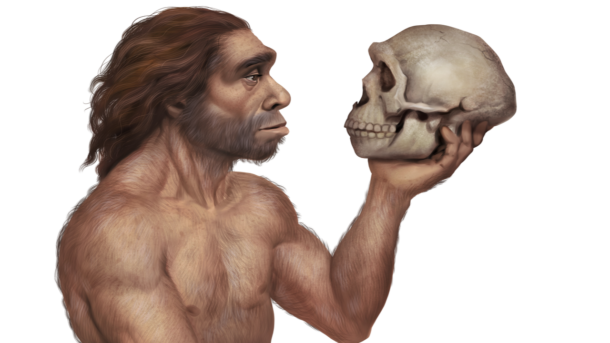University of Winnipeg paleoanthropologistsDr. Mirjana Roksandic and an transnational platoon of experimenters have discovered and named a new ancient ancestor to ultramodern humans. The ancient mortal ancestor is Homo bodoensis, and it lived in Africa during the Middle Pleistocene period, which was about half a million times agone. Homo bodoensis was a direct ancestor to ultramodern humans and came from the same period of history that gave rise to ultramodern humans, the species known as Homo sapiens. Still, the elaboration of humans during this ancient period isn’t well understood, commodity that paleoanthropologists call “ the muddle in the middle.”
The discovery of the new mortal ancestor helps to clarify the mysterious portion of mortal elaboration. Experimenters chose the name for the species after reassessing fuds from Africa and Eurasia from the Middle Pleistocene. The fuds were generally assigned to Homo heidelbergensis or Homo rhodesiensis. The challenge for scientists with these two groups is that they had multiple and constantly antithetical delineations DNA substantiation has shown that some of the fuds plant in Europe calledH. heidelbergensis were actually early Neanderthals. Bodoensis, as a name, comes from a cranium plant in Bodo D’ar, Ethiopia, and the species is a direct mortal ancestor. The new term Homo bodoensis will be used to describe utmost Middle Pleistocene humans discovered in Africa and some discovered in Southeast Europe Numerous of those from Southeast Europe will be classified as Neanderthals. The experimenters point out that changing names is veritably delicate and is only done under a specific set of circumstances. Still, they believe the new Homo bodoensis name will last, but the caveat is other experimenters have to use it.



